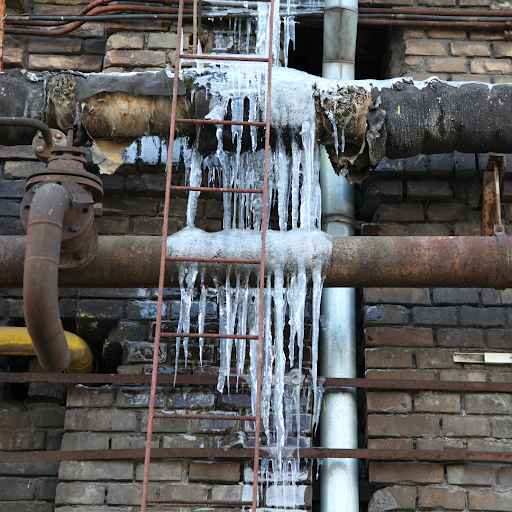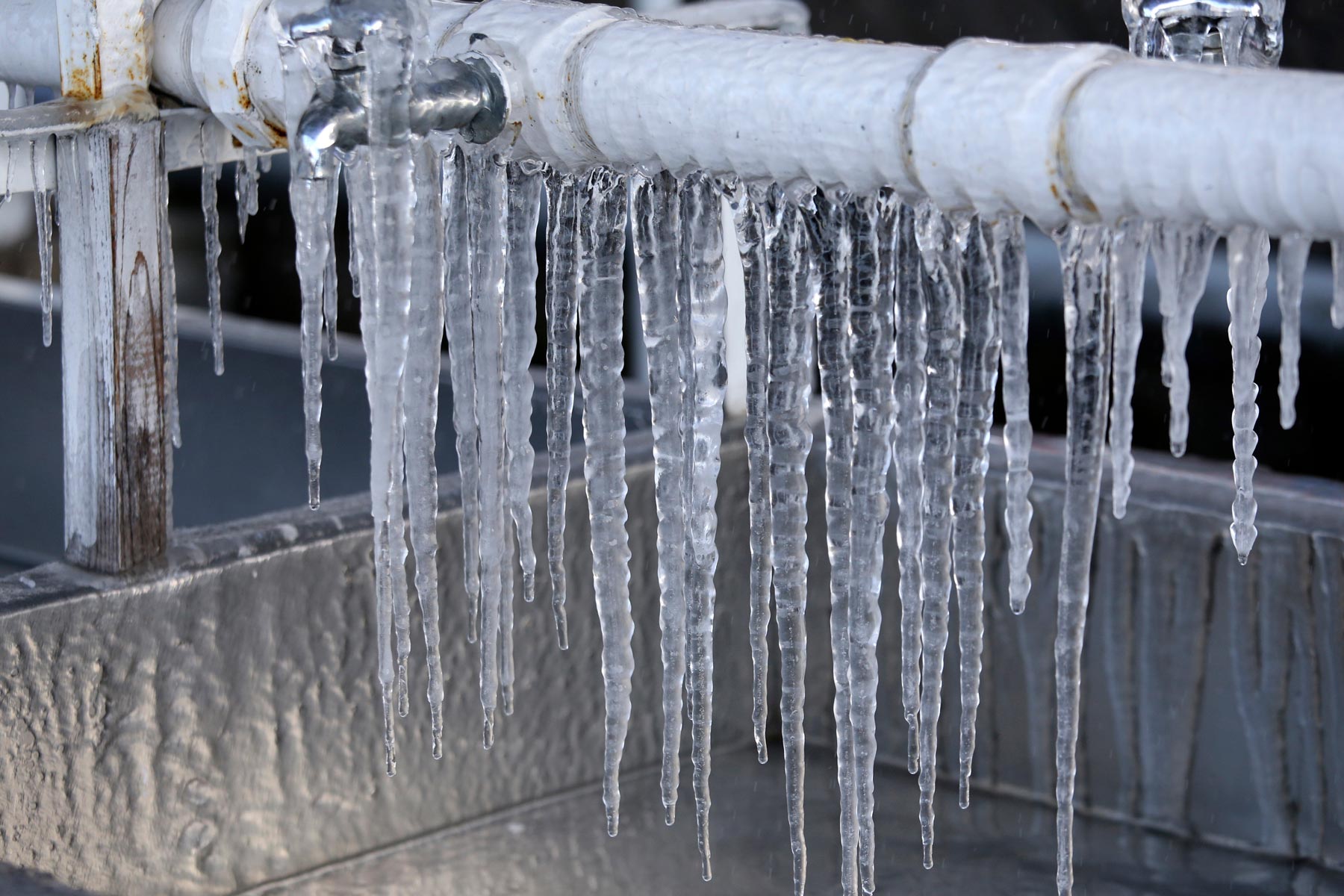Protecting Pipes from Cold Weather: Top Tips
Protecting Pipes from Cold Weather: Top Tips
Blog Article
The article author is making a few good pointers on How to prepare your home plumbing for winter weather in general in this post beneath.

Winter can damage your pipes, especially by freezing pipes. Right here's how to avoid it from happening and what to do if it does.
Introduction
As temperature levels drop, the threat of icy pipes boosts, possibly resulting in pricey repairs and water damage. Comprehending just how to avoid frozen pipelines is vital for property owners in cool climates.
Avoidance Tips
Shielding vulnerable pipes
Wrap pipes in insulation sleeves or utilize warm tape to secure them from freezing temperature levels. Focus on pipes in unheated or exterior areas of the home.
Home heating strategies
Maintain indoor areas appropriately warmed, especially areas with pipes. Open cupboard doors to enable warm air to distribute around pipelines under sinks.
Just how to identify frozen pipelines
Try to find decreased water flow from taps, unusual odors or noises from pipelines, and noticeable frost on subjected pipelines.
Long-Term Solutions
Structural adjustments
Consider rerouting pipes away from exterior walls or unheated locations. Add added insulation to attic rooms, basements, and crawl spaces.
Updating insulation
Invest in top quality insulation for pipelines, attics, and wall surfaces. Proper insulation aids maintain regular temperature levels and decreases the risk of icy pipelines.
Safeguarding Exterior Plumbing
Garden hose pipes and exterior faucets
Separate and drain garden tubes prior to winter months. Set up frost-proof faucets or cover outside faucets with shielded caps.
Comprehending Frozen Pipelines
What triggers pipelines to freeze?
Pipelines ice up when subjected to temperature levels below 32 ° F (0 ° C) for extended durations. As water inside the pipes freezes, it broadens, taxing the pipeline walls and potentially triggering them to burst.
Dangers and problems
Frozen pipelines can lead to water supply disturbances, property damage, and expensive repair work. Burst pipelines can flooding homes and create extensive architectural damage.
Indications of Frozen Water Lines
Determining icy pipes early can avoid them from rupturing.
What to Do If Your Pipelines Freeze
Immediate actions to take
If you presume icy pipes, keep taps open to ease stress as the ice thaws. Make use of a hairdryer or towels soaked in warm water to thaw pipes slowly.
Final thought
Preventing frozen pipes needs positive actions and quick actions. By understanding the reasons, indicators, and safety nets, home owners can protect their pipes throughout cold weather.
5 Ways to Prevent Frozen Pipes
Drain Outdoor Faucets and Disconnect Hoses
First, close the shut-off valve that controls the flow of water in the pipe to your outdoor faucet. Then, head outside to disconnect and drain your hose and open the outdoor faucet to allow the water to completely drain out of the line. Turn off the faucet when done. Finally, head back to the shut-off valve and drain the remaining water inside the pipe into a bucket or container. Additionally, if you have a home irrigation system, you should consider hiring an expert to clear the system of water each year.
Insulate Pipes
One of the best and most cost-effective methods for preventing frozen water pipes is to wrap your pipes with insulation. This is especially important for areas in your home that aren’t exposed to heat, such as an attic. We suggest using foam sleeves, which can typically be found at your local hardware store.
Keep Heat Running at 65
Your pipes are located inside your walls, and the temperature there is much colder than the rest of the house. To prevent your pipes from freezing, The Insurance Information Institute suggests that you keep your home heated to at least 65 degrees, even when traveling. You may want to invest in smart devices that can keep an eye on the temperature in your home while you’re away.
Leave Water Dripping
Moving water — even a small trickle — can prevent ice from forming inside your pipes. When freezing temps are imminent, start a drip of water from all faucets that serve exposed pipes. Leaving a few faucets running will also help relieve pressure inside the pipes and help prevent a rupture if the water inside freezes.
Open Cupboard Doors
Warm your kitchen and bathroom pipes by opening cupboards and vanities. You should also leave your interior doors ajar to help warm air circulate evenly throughout your home.

I ran across that blog entry about How to prepare your home plumbing for winter weather when doing research the web. Liked our blog? Please quickly share it. Let another person discover it. Bless you for being here. Revisit us soon.
Booking Report this page